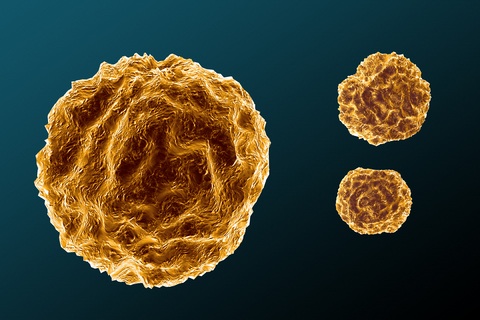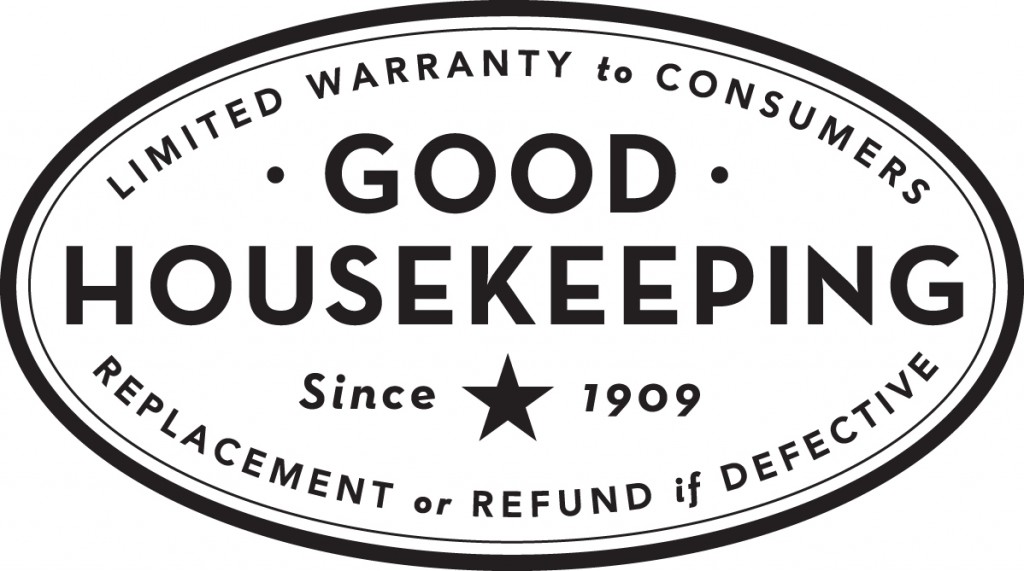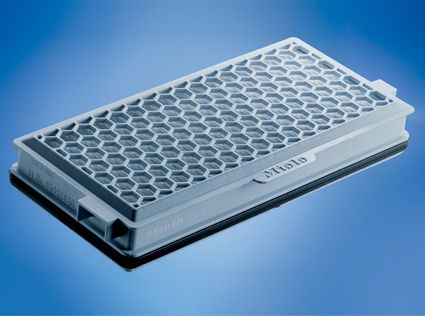Ok, if I say pure air, what comes to your mind? I googled it and this was what I got
 Looks pretty good right? I certainly think so.
Looks pretty good right? I certainly think so.
Now, what if I said HEPA filter? Obviously, we all think that a HEPA filter and clean air go hand and hand. To qualify as HEPA by US government standards, an air filter must remove (from the air that passes through) 99.97% of particles that have a size of 0.3 micrometres or larger.
All that sounds pretty good right? I mean no one wants those things above floating around in their air so getting rid of 99.97% is awesome.
Well, sort of. When I was learning all about Miele and their commitment to quality vacuums, I learned that not all HEPA filters are created equal. In fact, the United States has some of the least stringent guidelines when it comes to HEPA filters, their testing and composition which means more of those little particles are getting out than you may realize. Say it with me: “EWWWWWW”. In contrast to the US, most European countries define several different classes of HEPA based on their retention and a product has to disclose which level HEPA it is using.
I’m about to get a little technical here but stay with me…it is important if you want to get that blue sky/clean air feeling in your home!
A lot of vacuums these days have HEPA filters BUT, in most, not all the air passes through the filter meaning they are not truly a HEPA vacuum. To really be effective and give you pure air {you know the kind that helps reduce allergy suffering and dirt/dander/mold in your home}, the the vacuum cleaner must be designed so that all the air that is pulled into the machine flows through the filter, with none of the air leaking past it. This is referred to a closed HEPA filter and is the standard in Europe for a vacuum to include the HEPA label.
Remember when I was talking about my “robot” vacuum and how the front sucks closed when I turn it on? Yep, that is to create the closed HEPA system. Every bit of air that goes into the vacuum is forced to go through the filter before it is released back out. How do I know? We tested it at Miele and I got to see the results first hand. Plus, it isn’t exactly easy for a product to get this seal
You know all the talk above about European standards? I’m sure you were wondering why when I live in the US. Well, Miele originated in Germany and they still follow the same strict HEPA guidelines for the US products as they do for the ones they sell in Europe. Basically, the Miele out cleans pretty much any other vacuum out there {definitely better than my old one!} thanks to their unique 12-stage AirClean™ filtration system which retains more than 99.9% of all fine particles from the air without releasing harmful particulates and allergens back into your home. Check out their HEPA filter…not a flimsy piece of cardboard in sight.
In the next few months, I’ll share even more with you about pure air and why you deserve a Miele in your home to give you the cleanest air possible. I feel like such a dork getting giddy just thinking about it but, as I learn more and more, I am becoming really passionate about vacuuming and making the air in our home as pure as possible.
I was selected for this opportunity as a member of Clever Girls Collective and the content and opinions expressed here are all my own.











Very instructive article, the Hepa filter does mean a lot in a vacuum cleaner as it protects the motor and also prevents 2nd contamination.